Yin yoga
Watch the film where Magdalenas shares her view on Yin yoga.
“Relax and let gravity do the job”
Yin yoga is just like any other yoga – but also its opposite. Yin yoga focuses on the yin parts of the body such as the bones, connective tissue, ligaments, internal organs and the so-called meridians. The very simple positions are always performed lying or sitting down. Unlike most other yoga styles, Yin yoga lets your muscles relax completely. You can stay in any position for several minutes and practice meditation at the same time. In Yin yoga we do not stretch, we do not have a “goal” or “perfection” to reach and we avoid keeping our muscles tensed. We relax and allow our body to be present with what is, thus stretch more naturally and deeper (so-called passive slow stretch). Yin yoga is thus an excellent complement to other physical activity such as jogging, weight lifting and other more dynamic yoga styles. But Yin yoga is also suitable for people who cannot or do not want to do any other “exercise”. Yin yoga suits all people and all bodies. However, it is particularly effective for stiff and immobile body types. It helps back pain, knee and neck problems, and above all a stressful and fast paced lifestyle with plenty of performance. This yoga slowly softens stiff hips, hamstrings and calves, which become smoother and more elastic. Yin yoga helps fill the body with fresh, new energy (called Qi or prana), calms your mind and as a result opens and allows the awareness to observe the precious present moment.
WHAT ARE THE BENEFITS OF YIN YOGA?
- Yin yoga balances the body's different meridians so that qi or prana can flow freely again.
- When you practice yin yoga, the parasympathetic nervous system or the so-called "peace and quiet system" is activated. The body and mind go into deep relaxation and stress is reduced.
- Yin yoga can help with pain both through conscious presence, acceptance and that the passive, long-lasting stretch softens and lubricates our joints, ligaments and connective tissue in the body and strengthens the skeleton.
- Doing yin yoga regularly can help the most physically rigid through relaxation and passive stretch. The stiffness slowly softens.
- Yin yoga is a form of meditation, bodily conscious presence that also provides a good introduction or complement to other meditation.
- Yin yoga is available for all bodies as we adapt the position to the body and not the other way around.
- It is fine to practice yin yoga even with a cold (without fever) and if you are menstruating. Remember to be extra gentle.
CAN EVERYONE DO YIN YOGA?
Yin yoga suits all people and bodies. However, it is especially effective for rigid and immobile people. It has been shown to help reduce back pain, knee and / or neck problems and above all a stressed and fast paced lifestyle with a lot of performance. This yoga slowly opens up stiff hips, backs of legs and calves that become softer and more elastic. Yin yoga fills you all with fresh, new energy (called qi or prana) and calms your mind.
TRY YIN YOGA ONLINE.
Try yin yoga and meditation with us via our videos. You can find them here
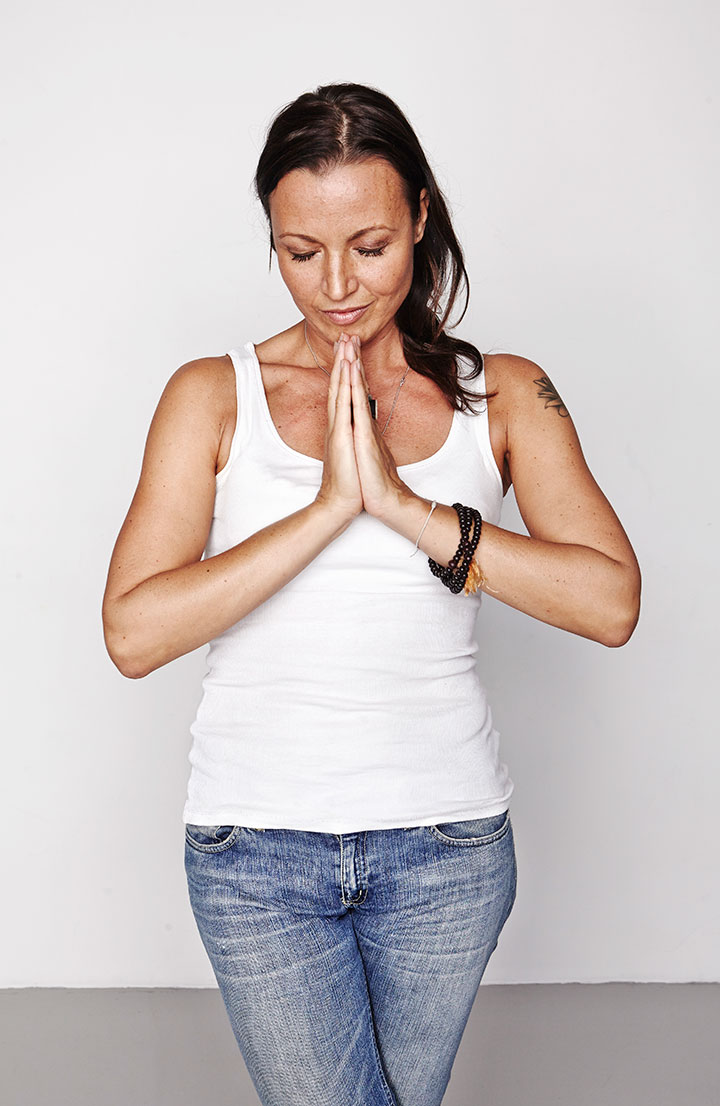
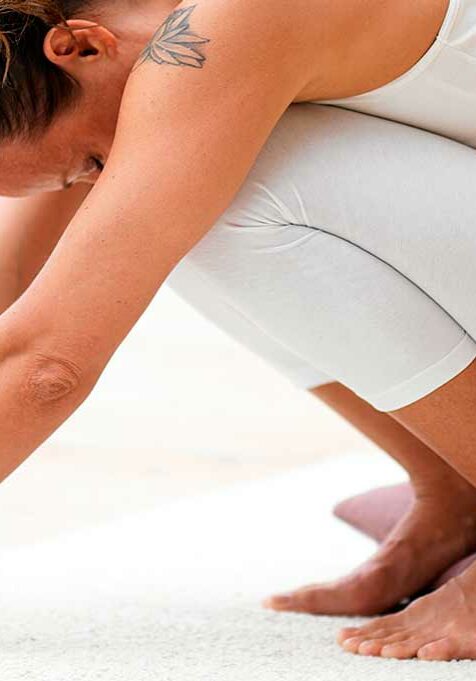
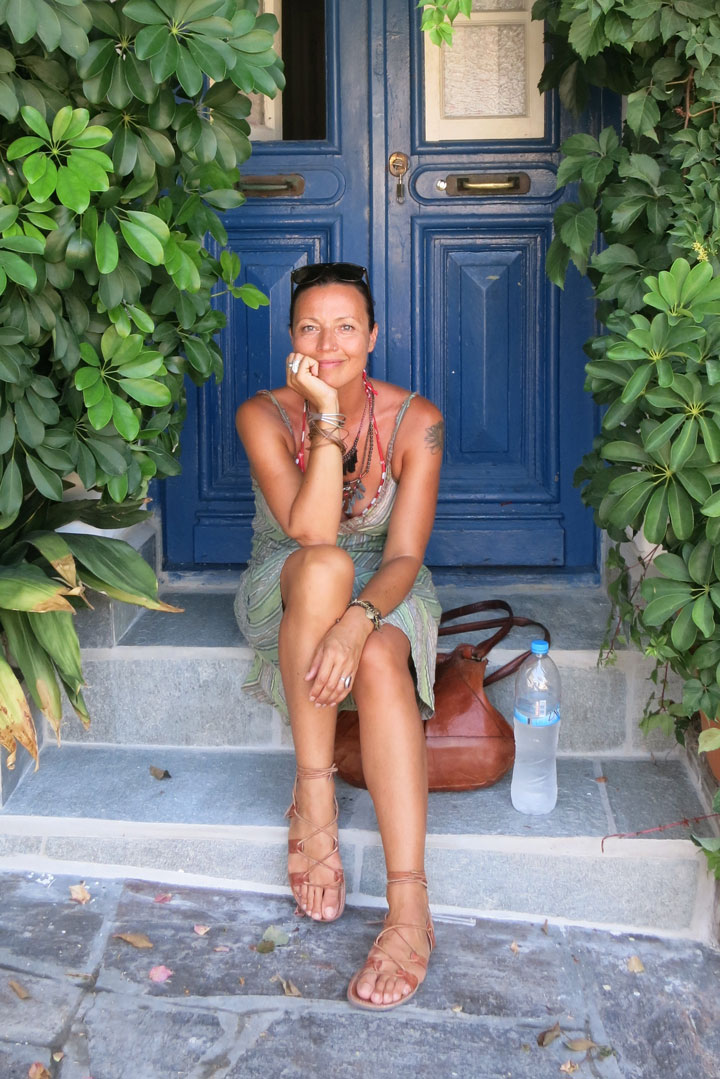
Restorative Yoga
“Don’t do anything with your body – just rest” – Tilopa.
Restorative yoga (recovery yoga) is more “Yin” than Yin yoga - one step softer and more restful. With the help of pillows, chairs, bolsters and blankets we put the body in a “weightless” state. You are encouraged to let go and sink into the cushions. We stay in positions for about 10 – 20 minutes. The wellbeing often arises afterwards because the brain triggers the production of the relaxation hormones oxytocin and prolactin, a kind of vitality hormone. This effect can last for a long time. Restorative yoga, is very effectively against physical and mental exhaustion. It is also a very effective tool in practicing mindfulness meditation.
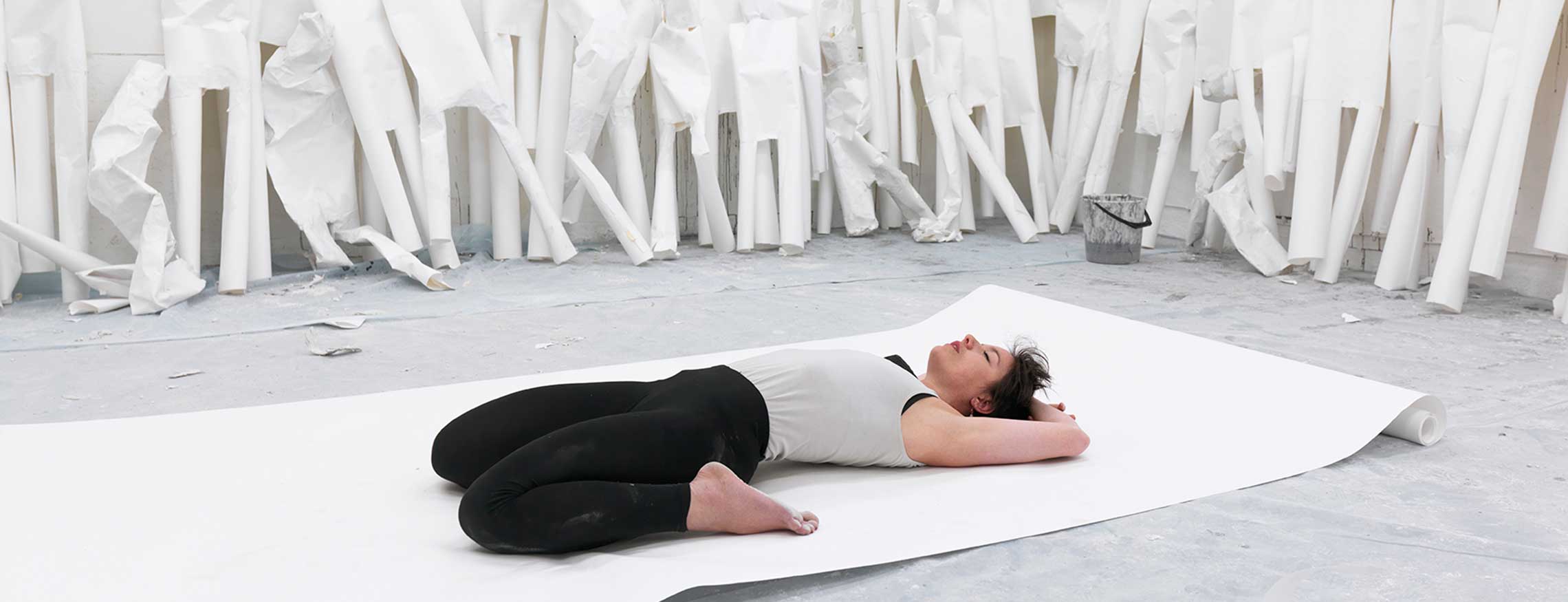
Traditional Chinese Medicine
“Qi flows where attention goes” – Chinese proverb.
Yin yoga was originally called Daoist yoga and is inspired by the process of Qi Gung, originating in China and Chinese medicine. Instead of using standing postures (Qi Gung) , needles or pressure to stimulate Qi and the various meridians, the body is placed in different reclined positions for longer stretches of time. These positions give us the same kind of meridian/Qi stimulation as acupuncture/acupressure. Meridians are channels in which Qi (vital energy) flows through the body. The meridians are connected to internal organs. Their health is the basis of human life according to Chinese medicine. It is the body’s inner organs that keep us healthy and alive. Yin yoga is a very effective tool in balancing our mental and physical health. By resting and letting the "gravity do the job" we allow a free flow of Qi.
Magdalena has explored TCM at the Acupuncture Academy in Stockholm www.akupunkturakademin.se and also through her friend and teacher Dr. Jana Särman www.odlalivet.se
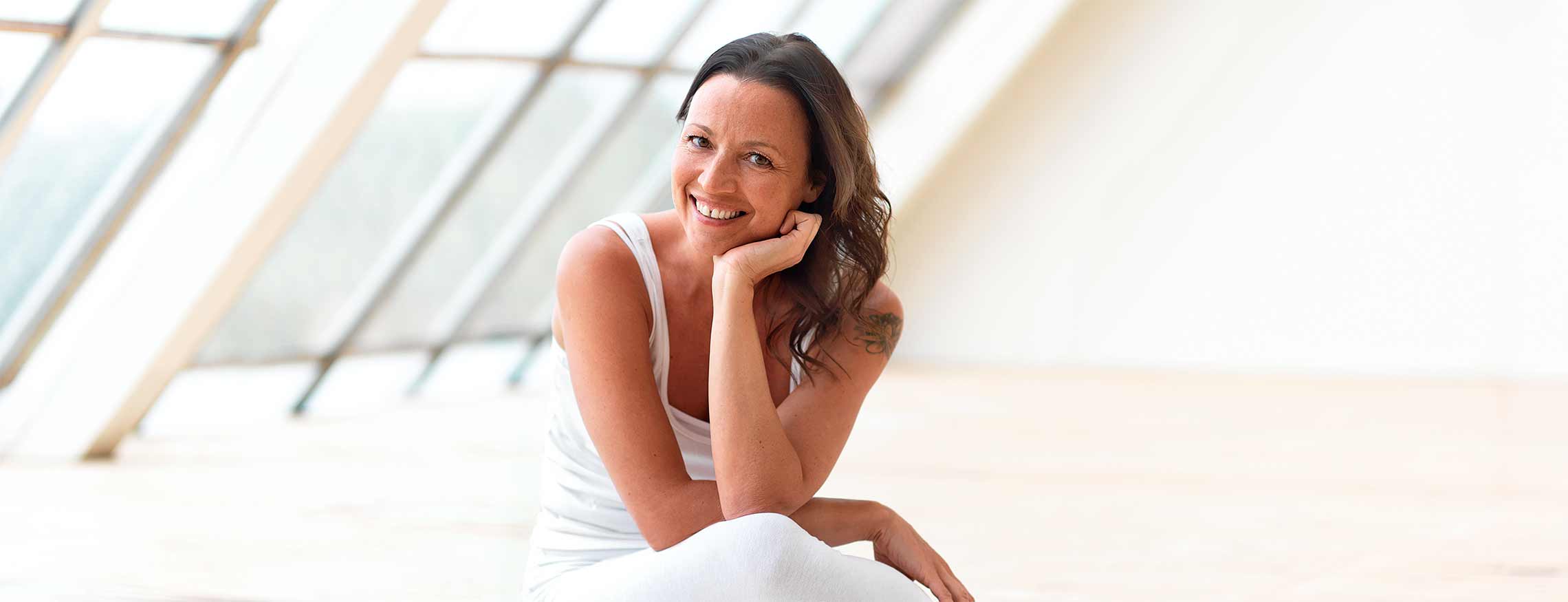
Meditation
“Meditation is not about throwing ourselves away and becoming something better. It´s about making friends with who we already are” – Pema Chödrön.
To put it simply, there are two kinds of meditations: the practice of samatha and the practice of vipassana. All Hatha yoga includes samatha (concentration) meditation as an important part of yoga. It is often described as a meditation where the goal is a state of mind without thoughts: a total tranquility with calmness and bliss where one is free from worries and problems. Samatha meditation is a goal-oriented meditation. We want to be calm and peaceful. In the second kind of meditation, vipassana (or Insight/mindfulness meditation), we observe the mind with interest and patience. Thoughts and feelings are not valued as “good” or “bad” but as “interesting” and not "mine". Restlessness, non-calmness and worry are embraced and examined. Vipassana and samatha meditations are complementary techniques. The mind is stabilised and insight is gained (vipassana).
Magdalena uses vipassana meditation in her yoga teaching style as a tool for inner and outer transformation.
Magdalena’s meditation inspiration includes Pema Chödrön (https://pemachodronfoundation.org), SN Goenka (www.dhamma.org), Joseph Goldstein (www.dharma.org/joseph-goldstein) and Ajahn Sucitto (https://ajahnsucitto.org).
The guidance of Sayadaw U Tejaniya (https://ashintejaniya.org/) has been her main mindfulness style and practice since she met him in 2012.
"Being relaxed and aware is essential but it is also very important to have the right attitude, the right frame of mind. What does having the right attitude mean? Having the right attitude is a way of looking at things that makes you content, comfortable, and feel at ease with whatever you are experiencing." - Sayadaw U Tejaniya